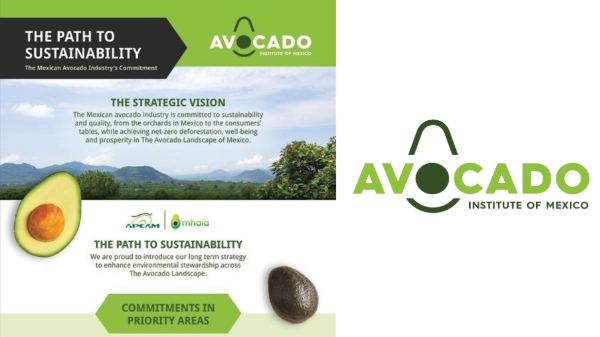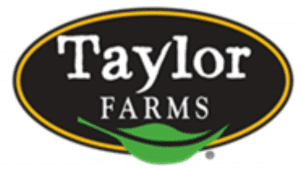Welcome to Blue Book!
Are you ready to join the thousands of companies who rely on Blue Book to drive smarter decisions? View our plans and get started today!
Still have questions? We’d love to show you what Blue Book can do for you. Drop us a line– we’ve been waiting for you.

Grape Crush
Grapes for wine also had significant gains in 2012 as crush totaled a record high 4,387,086 tons, up 13 percent from the 2011’s crush of 3,874,158 tons. Red wine grapes represented the majority of the crush, up 19 percent from 2011, while white wine varieties rose 21 percent from 2011.
Although most people do not equate table grapes with California’s annual grape crush, these varieties do contribute to the total numbers, albeit in very small quantities. Table grape crush reached its all-time high in 1988 with 312,000 tons, at a value of $131 per ton; in 2012, only 99,000 tons were crushed, but at a much higher value of $272 per ton. Pricing for table grapes for fresh consumption has run the gamut over the years with lows like 1985’s $230 per ton and highs like $898 per ton in 2006 amidst a shortage of product.
Perfect Growing Conditions
When responding to why California is such an excellent locale for grape production, Steve Gilfenbain, CEO of Los Angeles-based Stevco, Inc., which grows and sells only grapes, says, “To put it simply: weather and soil.” The grape industry’s phenomenal year is largely attributed to the 2012 growing season’s ‘perfect’ weather with few temperature fluctuations—staying between 70 and 85 degrees—for optimum grape development and growing.
These halcyon days were in stark contrast to terrible drought conditions in other areas, with 11 counties in the midsection and southern regions of the state declared natural disaster areas by the USDA early this year.
With climate a key factor, 2013 was looking good, with most believing it will be another excellent year for grape growers. With the warmest temperatures, Coachella Valley begins the table grape season, with the ripening process traveling north to Kern and Tulare counties (with the most concentrated portion of production), followed by Fresno and Madera counties in the San Joaquin Valley which send the final shipments of the season.
With water such a costly and politically volatile element, more Southern California growers have been turning away from higher-maintenance fruit production such as avocados, and putting in grapevines—most often wine varieties, since less water is required.
In addition to the right combination of temperature, soil, and water, growing grapes for fresh consumption is still a highly specialized and very labor-intensive process. “The grapes have to be touched by human hands many, many times,” confirms Gilfenbain, on the journey from vine to table.
Challenges
According to the California Grape and Tree Fruit League, the 92-year-old nonprofit trade association based in Fresno, among the top issues facing the industry’s growers, shippers, and marketers were labor and immigration reform (including shortages, regulations, unions, and high per hourly wages), water supply, invasive pests, and food safety.
Though some headway was being made with labor and immigration, dealing with both water supply and pests frequently put growers at odds with environmentalists and Mother Nature herself. As far as food safety, the Food Safety Modernization Act’s new rules remained a constant worry.








